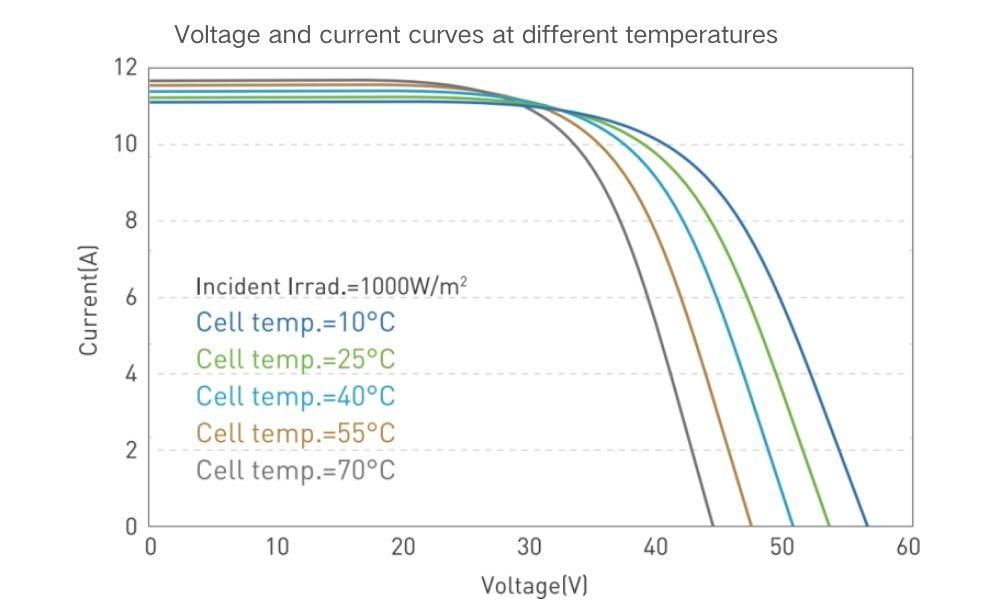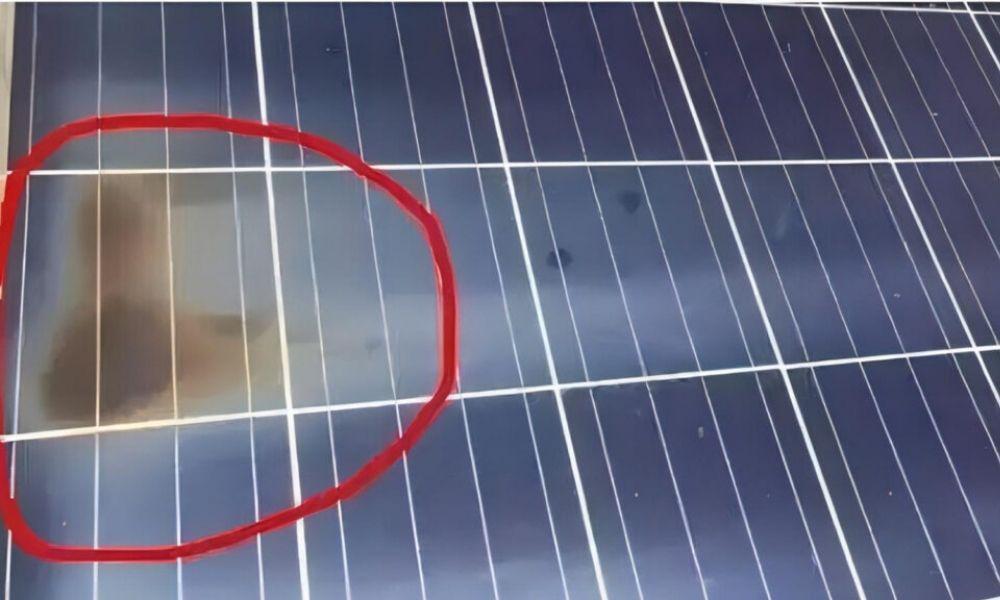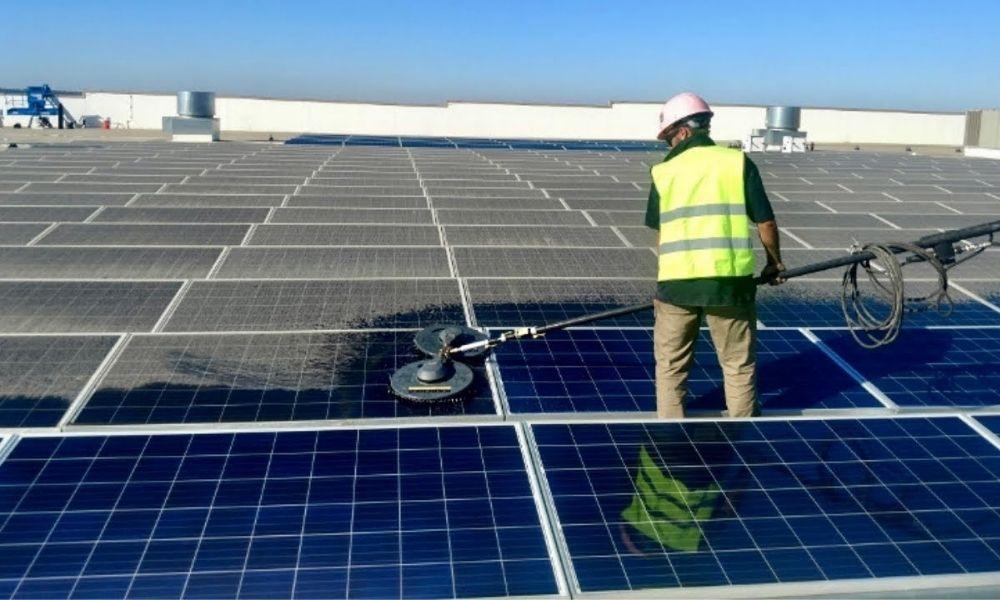Does solar power increase with the temperature?
Relationship of Temperature to Solar Panels Power Generation
Solar panels typically operate in temperatures ranging from -40°C to 85°C, with a standard operating temperature of 25°C, at which the solar panel output reaches 100%.
However, when the operating temperature exceeds 25°C, the output power of solar panels decreases as the temperature rises. For example, the peak power temperature coefficient of PERC modules is -0.34%/°C, which means that for every 1°C increase in temperature, the output power decreases by 0.34%.

The Impact of High Temperature on Power Generation
Effects on Solar Panel Performance
High temperatures lead to a decrease in the output power of solar panels, and the open-circuit voltage also significantly drops as the temperature rises. Practical studies have shown that solar panels produce higher output power at around 20°C compared to when they are at 70°C.
Additionally, high temperatures can cause localized overheating of the solar panels, resulting in hot spots that affect solar panel lifespan. Typically, the hot spot effect can directly shorten the lifespan of solar panels by 30%. Over time, this may lead to solar panel failure and even pose safety risks.

Impact on Inverter Lifespan
Inverters are power electronic devices composed of various electronic components. During operation, the main components generate heat and dissipate it. If the ambient temperature is too high, it will affect the inverter’s heat dissipation efficiency, leading to decreased component performance and, consequently, a shorter lifespan for the inverter.
The output power of the inverter is related to the working environment temperature. Usually, when the operating temperature exceeds 45°C, the inverter will begin to reduce its output power to protect itself.
Causes Circuit Breaker to Trip
The overload protection of the circuit breaker is achieved through a thermal cutoff, which has a direct relationship with the ambient temperature. When the ambient temperature rises, it can cause the rated current value of the low-voltage circuit breaker to decrease. Therefore, in high-temperature environments, when the photovoltaic power station is operating at full load, the circuit breaker may trip due to erroneous overcurrent judgments.
Other Impacts
Increased frequency of system faults such as leakage currents and low insulation resistance, reduced safe current-carrying capacity of cables, fire hazards, etc. Additionally, high temperatures combined with other disasters like thunderstorms and heavy rainfall can pose significant threats to solar plants.
Effective Measures to Prevent High Temperatures
Regular Cleaning
If the surface of the solar panel is blocked by debris, it can lead to changes in the current and voltage of individual panels, causing local temperature increases and hot spot effects, severely damaging the operation of the solar panel. Regular cleaning of dirt on solar panels is necessary.

Timely Ventilation and Heat Dissipation
For rooftop projects, attention should be paid to the gap between the solar panels and the roof. If debris such as leaves, dust, or wood fibers accumulates or piles up, it is advisable to clean it promptly. Ground-mounted projects should maintain an unobstructed area around the plant, clear weeds timely, and ensure good ventilation to prevent the accumulation of flammable materials that could lead to safety hazards.
Inspecting Wiring Conditions
High temperatures can lead to potential wiring hazards, especially at connection points. Therefore, it is essential to carefully inspect AC and DC cables, grounding and lightning protection cables, etc. Check for damage to cable conduits or troughs, exposed wires, and whether cable joints are loose or corroded. Use thermal imaging cameras to scan connection points for abnormal temperatures.
Conclusion
In summary, temperature is not a straightforward positive factor for solar power generation. While in some cases, high temperatures may coincide with strong sunlight and lead to increased power generation, overall, excessively high temperatures reduce the efficiency of solar panels. Consequently, when designing and installing solar systems, it is crucial to consider the impact of temperature on power generation efficiency to ensure optimal performance.